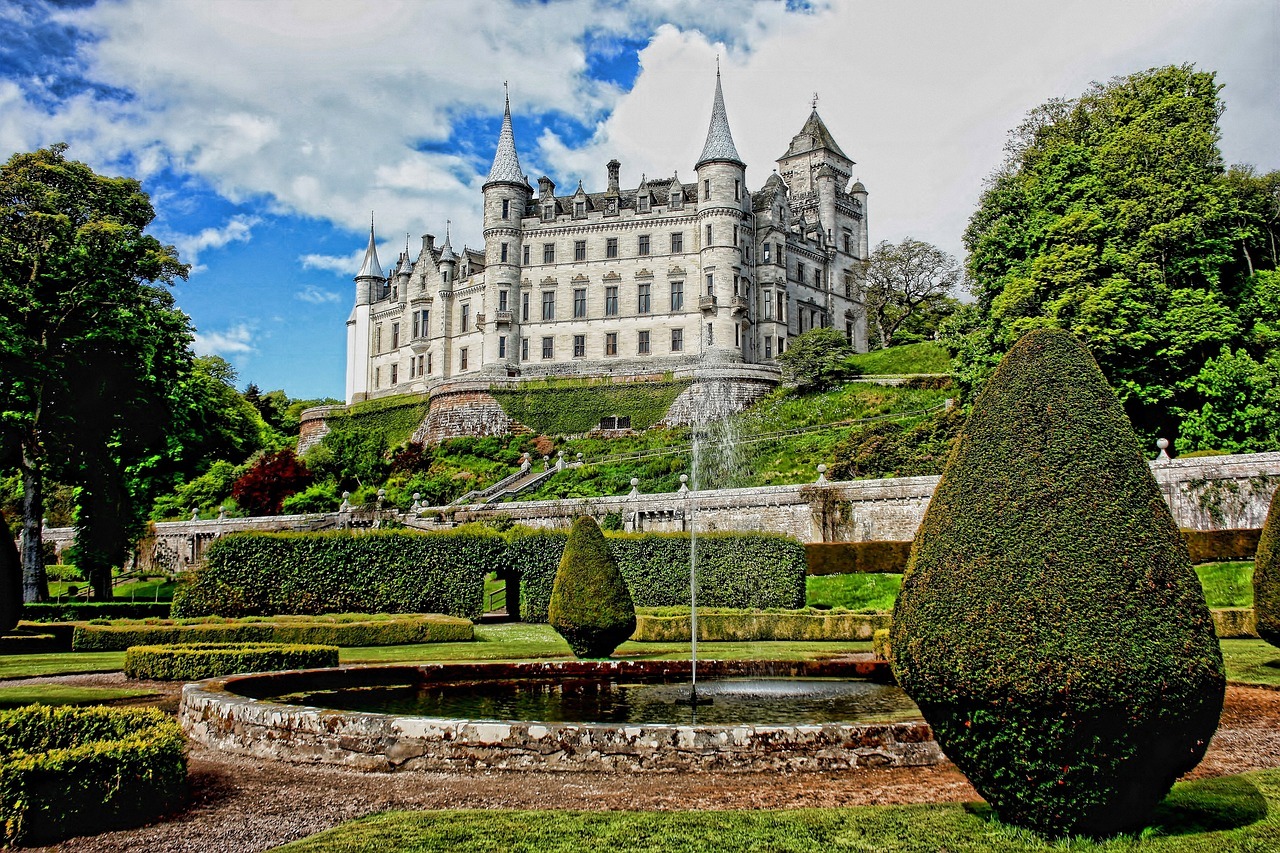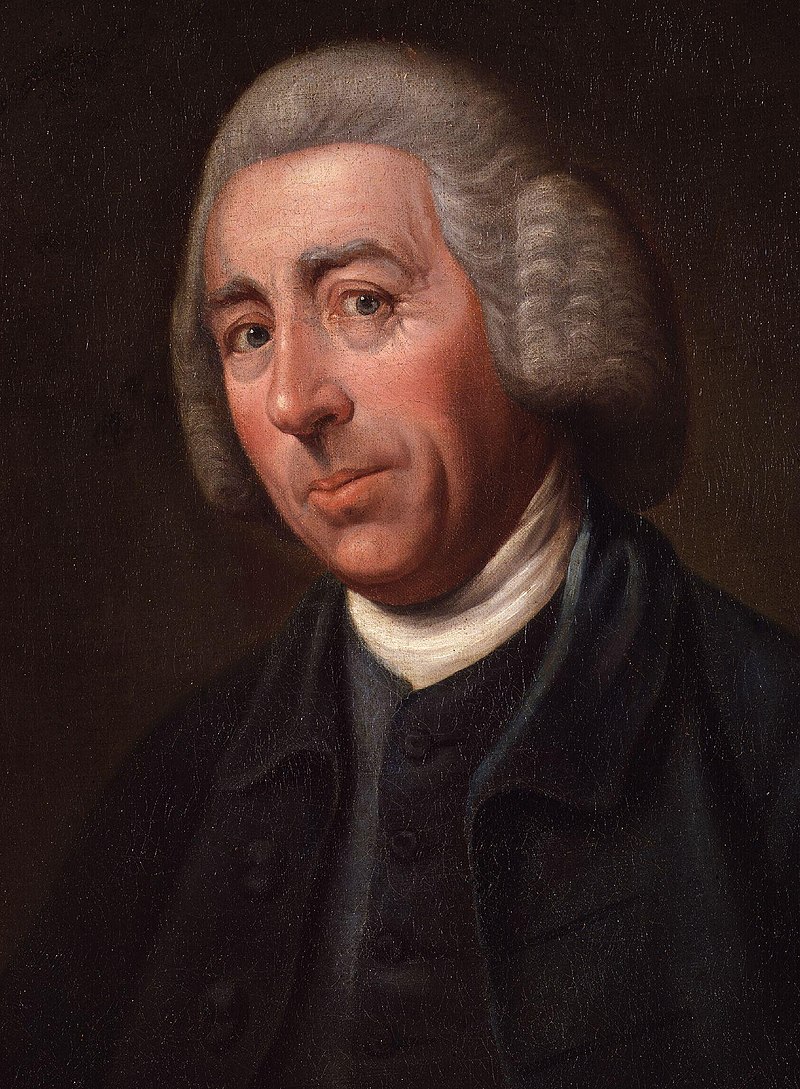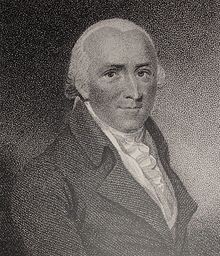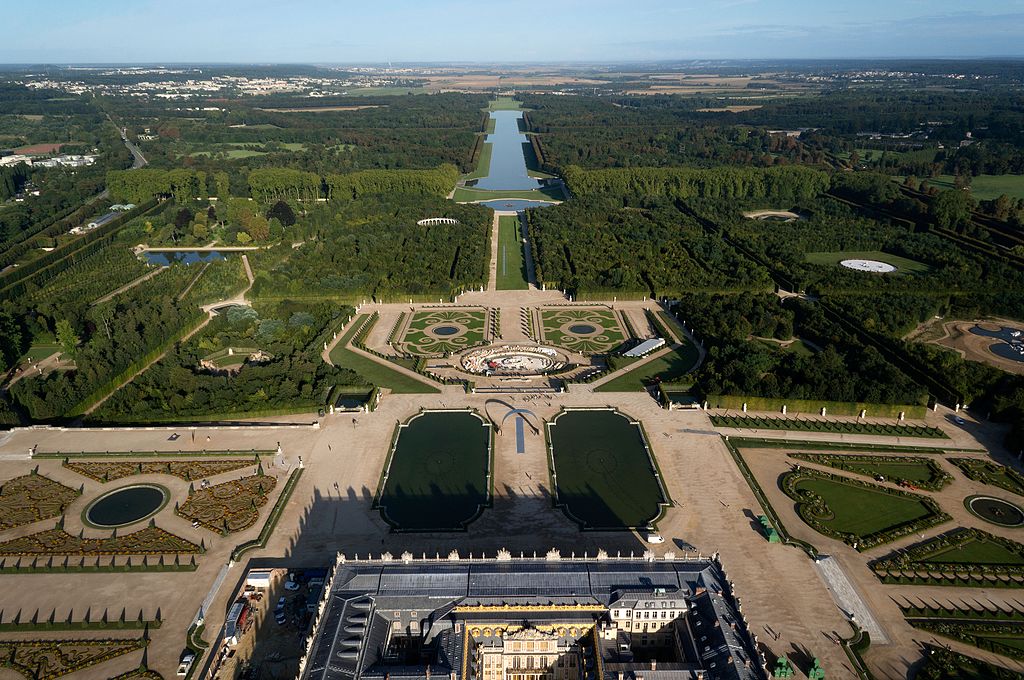Introduction
Most people know that Gardening has existed for a very long time. Still, very few know its origins or how it evolved into what it is today. Horticulture includes the practice of Gardening, which involves cultivating plants and flowers. Typically, plants are grown for both decorative and dietary uses. Small fruit orchards, beautiful flowers, and extensive boulevard plantings with trees, shrubs, and herbaceous plants are all examples of different types of Gardening. There are several gardening projects, including household and business ones. They can also be characterized as organic Gardening, biodynamic Gardening, garden sharing, native plant gardening, container gardening, water plant gardening, and more. Growing various plant species on the roof or in the yard of a house is known as Gardening. Planting fruits, flowers, vegetables, herbs, or other plants for food or as decorations is referred to as Gardening—one of the most popular and peaceful pastimes around.
Ancient Gardening

The ancient people were the original gardeners. Neolithic humans discovered that you could take seeds from a plant and develop new ones, which is the basis of all gardening. This discovery was made in the Middle East in a region otherwise known as the “fertile crescent.” The first gardens were created for functional purposes. People planted veggies or plants. However, as man became more civilized, the upper class, with spare time, began to enjoy solely ornamental gardens. Additionally, they enslaved people or servants who took care of their Gardening.
1. Ancient Egypt Gardening
Wealthy individuals in ancient Egypt preferred to relax under the shade of trees due to the hot, arid atmosphere. Farming and gardening practices have mostly stayed the same thus far. Then, Ramses III, a pharaoh of Egypt, ordered his slaves to plant a garden for him. So, he alters the course of growing with just one wish. Ramses elevates gardens from a mere necessity to a place of relaxation and aesthetics. Hence, something distinct from farming. They built walled-in gardens with rows of trees planted inside. The Egyptians cultivated a broad range of flowers, including daisies, roses, poppies, irises, and cornflowers. Additionally, Egyptians favored having rectangular ponds in their gardens, which they occasionally supplied with fish. Because the Egyptians thought that the gods liked Gardening, they frequently had gardens near their temples. Gardens held religious significance in ancient Egypt because certain trees were connected to various gods. Egypt did not, however, strictly separate its pleasure gardens from its agricultural gardens. Gardens were used to cultivate fruit and vegetables, make wine and extra virgin olive oil, and be stunning.
Moreover, the creation of lovely gardens in the ancient world took place in what is now Iraq. The Assyrians were an Iraqi people who established a vast Middle Eastern kingdom between 900 and 612 BC. Upper-class Assyrians enjoyed gardens, just like the Egyptians did. They built enormous hunting grounds and leisure gardens that were watered by canals. Palm and cypress trees were among the trees the Assyrians planted. They planted the trees in rows, occasionally switching up the species like the Egyptians did. Additionally, they built ponds and grew various flowers and vines.
2. Greek Gardening
This enormous period encompasses both the ancient Greek and Roman empires. We’ll tell you this much: these men were rising stars. They started to specialize in growing techniques and loved their herb gardens. In Europe, religious monasteries simultaneously took on the role of garden keepers during the Middle Ages. They gave it a spiritual meaning that endures to this day: gardens as a haven of peace and reflection. The Greeks needed to be more skilled gardeners. Even though Greek tourists adored eastern gardens, gardens were typically grown for practical purposes in Greece.
The Romans brought eastern gardening concepts when they conquered Egypt in 30 BC. Roman royalty-built gardens attached to their mansions and palaces. The Romans perfected the art of topiary. Statues and sculptures decorated Roman gardens. Hedges and vines were used to design Roman gardens. Rich Romans constructed homes around a town courtyard, typically with flower beds, a pool, a colonnaded porch, and a fountain. Following the Roman conquest of Britain, new plants were introduced, such as roses, leeks, turnips, and plums. Cabbage may have also been introduced.
Middle Ages Gardening
Western Europe saw a drop in Gardening after the fall of Rome. Nevertheless, The church created specific gardens where herbs were grown for medicine, and some flowers were grown to adorn church altars.
1. Muslim Gardening
The Arabs established a vast empire in the seventh Century. They imported many Persian concepts of Gardening when they conquered Persia. Walls enclosed Islamic gardens and frequently had four separate waterways with a pool or pavilion in the middle. Islamic gardens featured rills, fountains, mosaics, and glazed tiles as ornamentation. For shade, plane or cypress trees were planted in rows. Arabs cultivated fruit plants as well. In addition, Spain was taken over by the Arabs in the early eighth Century. The so-called Moors also cultivated orange and lemon trees, dates, figs, almonds, apricots, apples, pears, quinces, plums, and peaches in addition to laurel, hazel, walnut, poplar, willow, and elm and a variety of flowers such as roses, lilies and many more.
2. European Medieval Gardening
As order gradually returned to Europe in the late 13th Century, the wealthy started cultivating gardens for recreational purposes in addition to those for growing therapeutic herbs and vegetables. Gardens were walled in the Middle Ages to give privacy and to safeguard them from wild animals. Gardens with grass sprinkled with fragrant herbs were created in the 14th and 15th centuries. They had rose or vine trellises and raised flowerbeds. Herbal medicine gardens were grown at medieval monasteries.
Along with growing vegetables, they also planted vineyards and orchards. For their altars, they also planted flowers. Monastic gardens, however, had other purposes as well. They served as a retreat for the monks to unwind and appreciate nature.
Gardens in the 16th and 17th Centuries
The concepts of classical Greece and Rome gardening were revived in the 16th Century. As a result of the influence of classical ideas, gardening concepts changed. The importance of symmetry, proportion, and balance increased in the 16th and 17th centuries. Gardens were frequently designed with a primary axis descending from the home and several cross axes forming a grid. Gardens of the 16th Century featured topiary, fountains, and statues. Gardens frequently featured grottoes or structures that resembled caves.
Additionally, knot gardens were well-liked during this era, which planted lines of boxes and herbs like lavender to create intricate patterns like knots. Furthermore, hedge mazes were particularly well-liked in Europe in the 16th and 17th centuries. Tulips, marigolds, and sunflowers were among the numerous new plants that were brought into Europe in the 16th and 17th centuries. Europe also had its first introduction of potatoes and tomatoes during this period.
Gardening in the Eighteenth Century
Many people in the early 18th Century rebelled against formal gardens and favored a more “natural” design. On the other hand, gardens in the 18th Century frequently featured shrubbery, grottoes, pavilions, bridges, and follies like imitation temples. Public gardens were established in London, although admission to them was with an entrance fee. Pleasure gardens, however, were still restricted to the elite and middle classes in the 18th Century. If a poor person had a garden, they had to plant vegetables or herbs. They needed more time and resources to grow plants enjoyably.
Gardening in the 19th Century
The Horticultural Society was established in 1804 and upgraded to a royal society in 1861. Dr. Nathaniel Bagshaw Ward found by accident in 1829 that plants kept enclosed inside of glass created their own microclimate. The plants lost water during the day. It crystallized on the glass at night and fell to the ground, where the plants reabsorbed it. Transporting plants across the globe became considerably more straightforward with the development of sealed microclimates. In the 19th Century, numerous exotic species were brought into Europe, notably the monkey puzzle or Chile pine. Gardeners started constructing sizable greenhouses or conservatories in the 19th Century to give plants heat and light.
Along with neatly mowed lawns, massed or carpet bedding of flowers also gained popularity in the 19th Century. During this time, a new type of garden known as gardenesque emerged, displaying a vast range of plants in a constrained area. Gardens designed in the Chinese and Japanese styles were also popular at this period. Meanwhile, a more organic approach to Gardening gained popularity in the late 19th Century under the direction of renowned landscaper William Robinson (1838–1955). Robinson recommended a mix of perennials, bulbs, trees and shrubs.
Gardening in the Twenty-First Century
Some gardeners were affected by the arts and crafts movement towards the end of the 19th and the start of the 20th centuries. The Industrial Revolution drove its supporters away, and mass manufacturing resulted in a loss in taste. They wished for a time when artisans worked alone. Some gardeners influenced by the movement had a romanticized perception of traditional cottage gardens. They created gardens with tidy hedges, traditional English flowers, and trellises.
Most Notable Gardeners in History
Robert Mendel, whose work with pea plants helped clarify the rules of heredity, or Frederick Law Olmstead, the renowned landscape architect who created Elm and Central Parks, may come to mind when you consider some of history’s most excellent gardeners. England’s best garden and landscape designers were in high demand long before Alan Titchmarsh or Monty Don came on the scene. Visitors may still see the impact of history’s most illustrious growers and landscape designers today, from the expansive parklands of Audley End House in Essex to the Arts and Crafts elements at Mount Grace Priory in Yorkshire. Let us meet the most exceptional gardeners in the history of Gardening and their notable contributions to the art of Gardening.
1. Capability Brown
Lancelot “Capability” Brown must be at the top of any notable historical horticulturists or gardeners list. More than 250 landscapes, which came to define the English country house, are assigned to the designer of the 18th Century. Brown worked on ‘place-making’ for various clients, including Audley End House in Essex and Wrest Park in Bedfordshire. Because Brown frequently discussed the “capabilities” of a potential property, he earned the nickname “Capability” by the 1760s. He is regarded as “England’s greatest gardener” and “the last of the great English eighteenth-century artists to be accorded his due.” Even William Kent’s defender, Horace Walpole, acknowledged that Kent had been succeeded by “a very able master” because of his influence, which was so significant that his predecessors, Charles Bridgeman and William Kent’s contributions to the English garden, were sometimes neglected.
2. Gertrude Jekyll
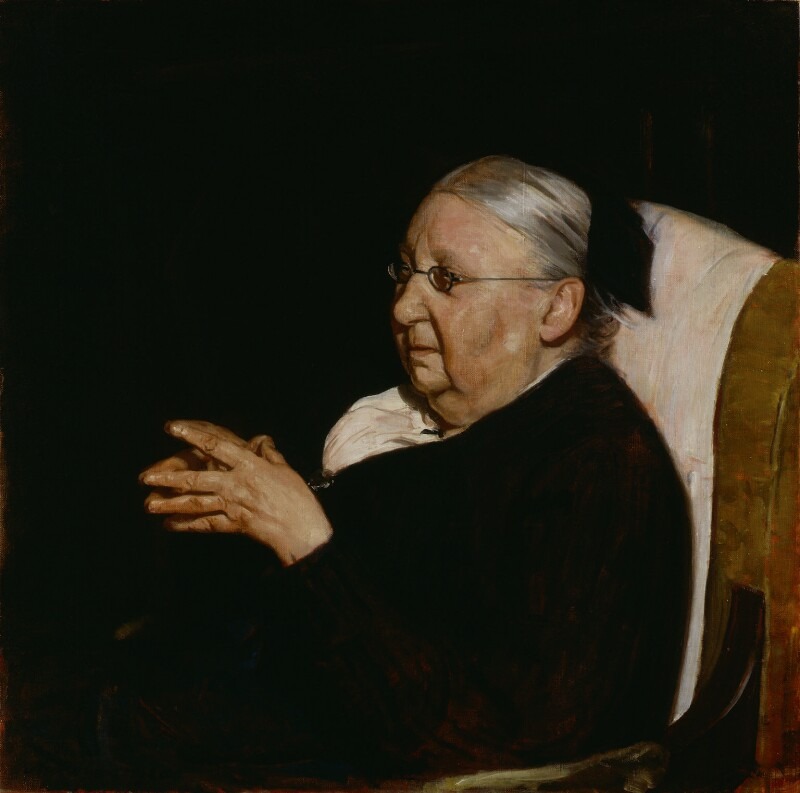
Gertrude Jekyll, a British native, is one of the most well-known garden designers in modern times. Gertrude Jekyll designed over 400 gardens in Britain, Europe, and North America throughout her career. Jekyll was among the most well-known proponents of the Arts and crafts movement in garden design, fusing formal tradition with more ‘natural’ characteristics. Jekyll’s designs ‘ color and texture are prominent, influenced by her previous work as an impressionist and watercolor painter.
Jekyll created both the Manor House at Upton Grey and her own garden at Munstead Wood in Surrey, where she met the architect Edwin Lutyens at a tea party in 1889. She was renowned for using flowering borders, colorful varieties, and almost painterly expanses of color. In her garden designs, you can see how she drew inspiration from the prevalent Impressionist painting movement when she lived. Even though relatively few of Gertrude Jekyll’s creations remain full of splendor, British and American gardeners still regard her as a “premier influence in garden design” today.
3. Edith Wharton
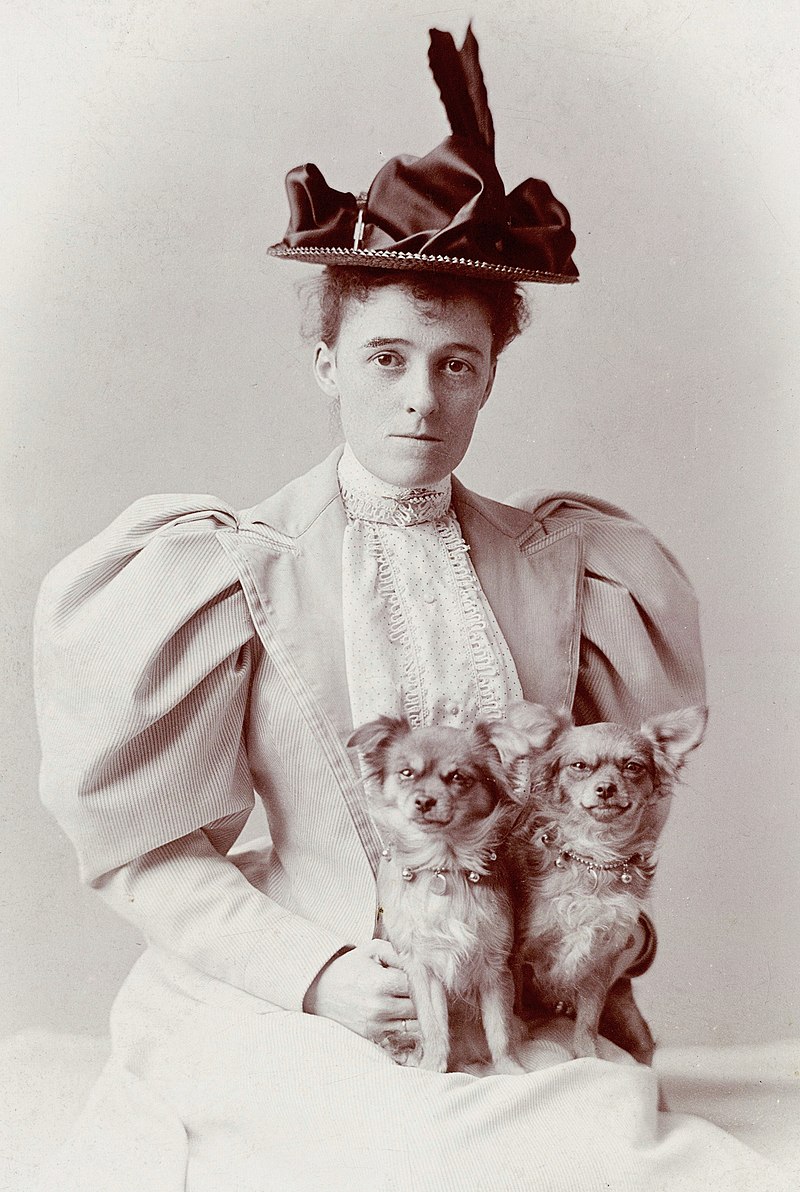
Author Edith Wharton was an avid gardener despite being better renowned for her timeless classics like The House of Mirth and The Age of Innocence. She visited some of the most beautiful gardens in France and Italy as a child, including several that the legendary Gertrude Jekyll created. She frequently wrote about gardens in her novels and in Italian Villas and Their Gardens, one of her non-fiction writings. She maintained a garden at The Mount, where she and her husband, Edward “Teddy” Robbins Wharton, resided. Wharton accurately portrayed the lifestyles and morals of the Gilded Age by drawing on her knowledge of the upper-class New York “aristocracy.” In 1921, she became the first woman to be awarded the Pulitzer Prize for Literature. 1996, she was admitted to the National Women’s Hall of Fame.
4. Humphry Repton
The famous landscape gardener Humphry Repton was as prolific as Capability Brown, producing almost 400 designs during his career. Repton, a Brown follower, lived and worked later and modified his methodology to fit the evolving trends of the early 19th Century. He was also a Renaissance guy, having worked as a merchant before producing many volumes on landscape architecture and becoming an accomplished painter. He applied his artistic talent to his work in horticulture by giving clients “Red Books” that contained meticulous and romanticized illustrations of completed landscapes. The 2nd Earl of Mansfield hired Repton in 1793 to redesign the grounds at Kenwood. Repton added several winding walks to highlight the expansive grounds of the Georgian Neoclassical house, as well as tree groves to break up the open spaces and a lawn with an elaborate flower garden to the west of the house. Although only some of his suggestions were implemented, several of Repton’s ideas are still in use today.
5. Fanny Wilkinson

Fanny Wilkinson, the first female professional landscape gardener in Britain, is best known for creating many of London’s parks and open areas. In 1881, Wilkinson joined the Council of the Kyrle Society and was elected honorary landscape gardener to the Metropolitan Public Gardens Association, founded in 1882 to provide “to the people gardens, and the children playgrounds.” It is estimated that Wilkinson helped the MPGA design over 75 public gardens. She supported the professionalization of women’s jobs and was a political activist. Wilkinson, the principal of Swanley Horticultural College in Kent in 1902, achieved yet another first for a woman. She retired to Suffolk, where she raised acclaimed goats. There is a London Blue Plaque on the Shaftesbury Avenue building where she most likely resided with her three sisters.
Exceptional Gardens in History
History and culture are reflected in some of the most exceptional gardens in the world. These well-known gardens worldwide have left a lasting impression on landscape design. A perfect garden requires years of dedication and research. You must comprehend form and function, the subtlety of design, and the science of living things to design a garden. These worldwide gardens are ideal representations of what landscape architects want to accomplish.
1. France’s Versailles Gardens
These opulent gardens were the result of a protracted, about 40-year project. The grounds were equally significant to Louis XIV of France as the palace. Thousands of men helped level the earth by excavating for the canals and fountains adorning the area. Every 100 years, the gardens must be redone to maintain their beauty; Louis XVI did this at the start of his reign. The grounds are embellished with gorgeous statues and water elements strewn across the expansive gardens, in addition to meticulously maintained lawns, well-trimmed bushes, and immaculate flowerbeds.
This vast garden covers over 2,000 acres of land and is located directly west of the Palace of Versailles. Many of the landscape has the symmetry and order of a traditional French garden. The Gardens of Versailles, fit for a king, were included in the list of UNESCO World Heritage Sites and the palace itself. The well-kept grounds are studded with flowers, sculptures, and fountains that date back to the reign of Louis XIV.
2. Este Gardens Villa, Tivoli Italy
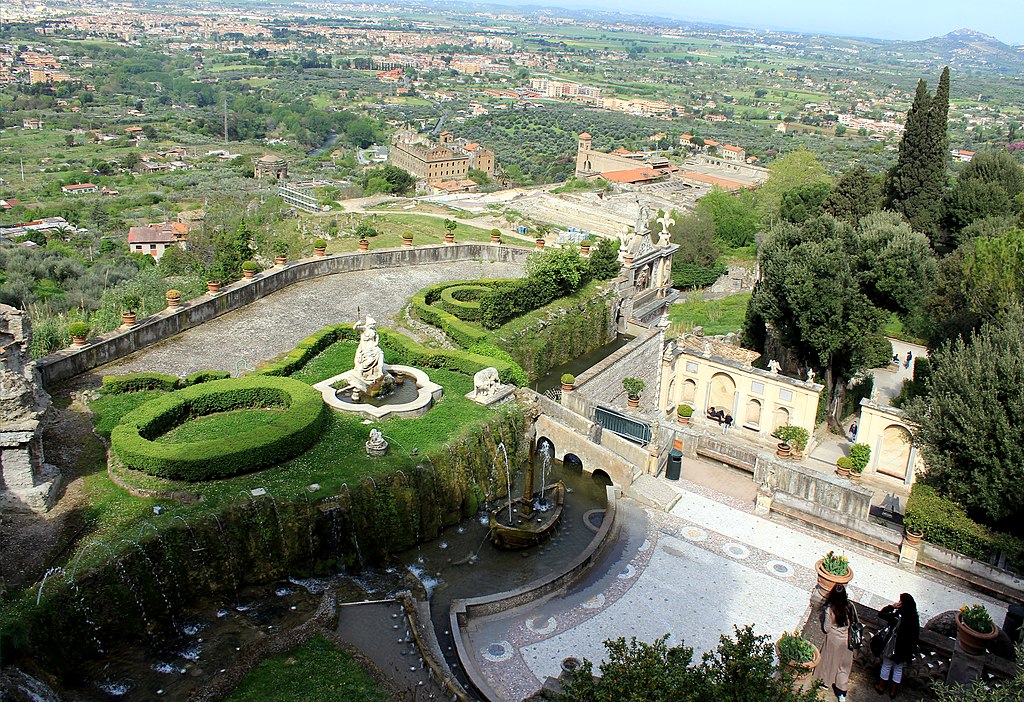
After an unsuccessful attempt to become Pope in 1550, Cardinal Ippolito II d’Este was appointed governor of Tivoli. He began creating a palace and gardens for himself that were on par with those in Rome. The most prominent feature of the high, terraced environment is water, which d’Este’s architects channeled into gurgling canals, ponds, and a myriad of fountains. It is also abundant in grottoes, sculptures, and sculptures. The tiered gardens and lavish fountains of this famed 16th-century palace south of Rome are known for playing music. The villa, constructed for the son of a nobleman and the grandson of the PopePope, would have been used to enchant and impress guests who were hosted there. A beautiful illustration of an Italian Renaissance Garden is the Villa d’Este, where the scenery is supposed to evoke reflection.
3. Butchart Gardens, Canada’s British Columbia
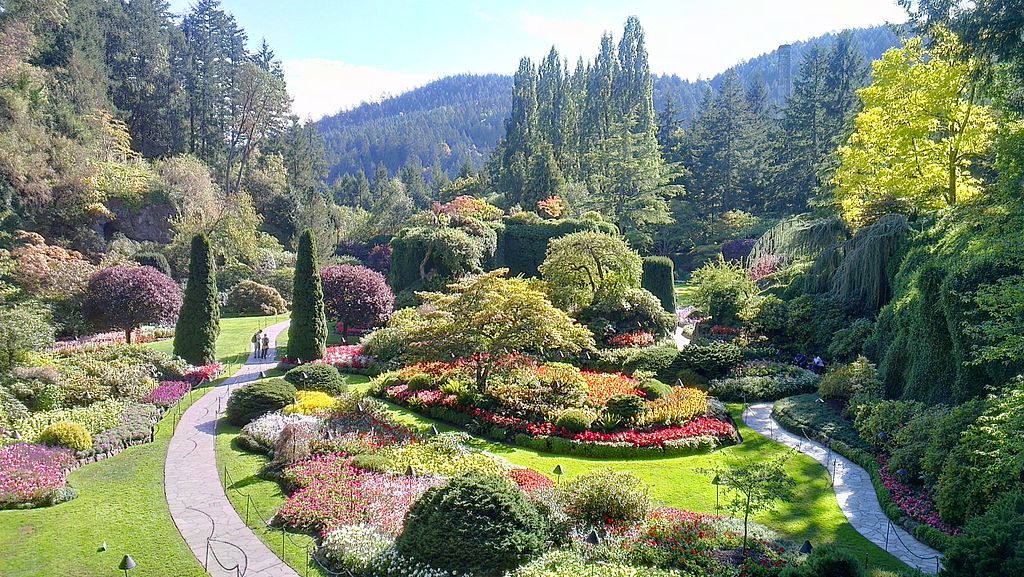
For more than a Century, this stunning oasis in Victoria, British Columbia, has dazzled tourists with its luxuriant foliage and vibrant flowers. For the care of the 55 acres of gardens, including 26 greenhouses, at the Butchart Gardens, 50 full-time gardeners are employed. One of the most popular parts of the environment is the Sunken Garden, as seen above. It was modified by Jennie Butchart, the wife of a wealthy cement producer who first saw the potential of the terrain. It was formed within a former limestone quarry.
4. Granada, Spain’s Generalife, and Alhambra
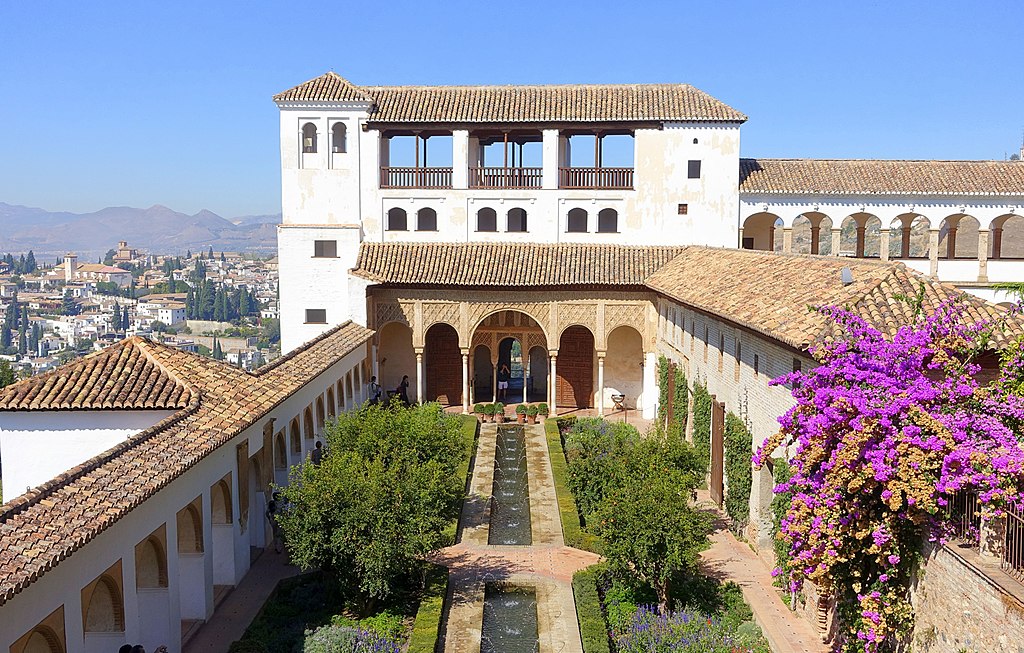
Muhammad ibn al Ahmar of the Nasrid dynasty founded a royal house at Alhambra in 1238, when Muslims ruled Spain. The complex eventually expanded to 35 acres of palaces, terraces, and gardens high in the Sierra Nevada foothills. Its numerous courtyards, with their symmetrical landscaping, architectural features, standard fountains, ponds, and rills, illustrate how the Moors exploited shade and water to create the illusion of a paradise. Over the years, the site saw periods of neglect and misdirected restoration efforts. Still, it has recovered to become one of Spain’s most revered historical sites.
5. Suzhou’s Classical Gardens
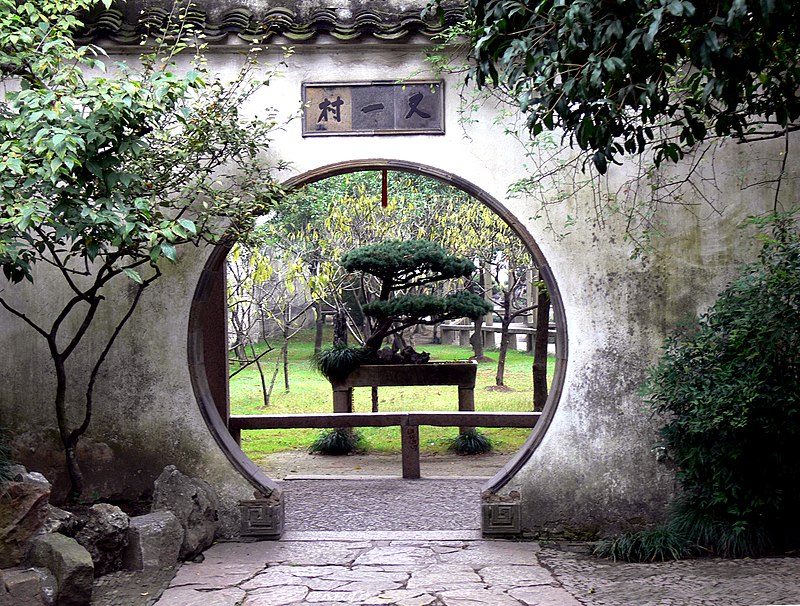
A collection of gardens built between the 11th and 19th centuries make up the Suzhou Classical Gardens. These gardens, which feature hills, rivers, rocks, and dispersed pagodas, are thought to represent traditional Chinese gardens. Classical Chinese gardeners created the settings to express the intellectuals’ desire to live harmoniously with nature. UNESCO regards the gardens as a world-historic site due to their exceptional craftsmanship and extensive cultural history.
Conclusion
The early history of Gardening is closely related to the history of agriculture, and up until relatively recently, primarily ornamental gardens were typically the domain of the affluent. The broad cultural traditions that have shaped Gardening since antiquity include those of the Ancient Near East, which gave rise to the Islamic Garden; the Mediterranean, which gave rise to the Roman garden and had a significant impact on later European Gardening; and the Chinese garden and its evolution in the Japanese garden. While the fundamentals of Gardening were reasonably well understood via trial and error, the plants readily available in a particular area have changed significantly through time, especially in the last few centuries.
The first known comprehensive blueprints for ornamental gardens date back to ancient Egypt, nearly 3,000 years ago. Decorative gardens have been built by civilizations worldwide for thousands of years. Most of these green spaces were built to benefit the wealthy and powerful. The look and function of gardens have changed over time due to the constantly evolving trends, fashions, and cultural movements. For instance, precisely symmetrical flowerbeds and bushes became fashionable during the Renaissance. At the same time, a more natural design was being adopted in England during the 18th Century. In general, Chinese gardens blended in with the surrounding environment, whereas in Mesopotamia, they provided shade and cold water.
